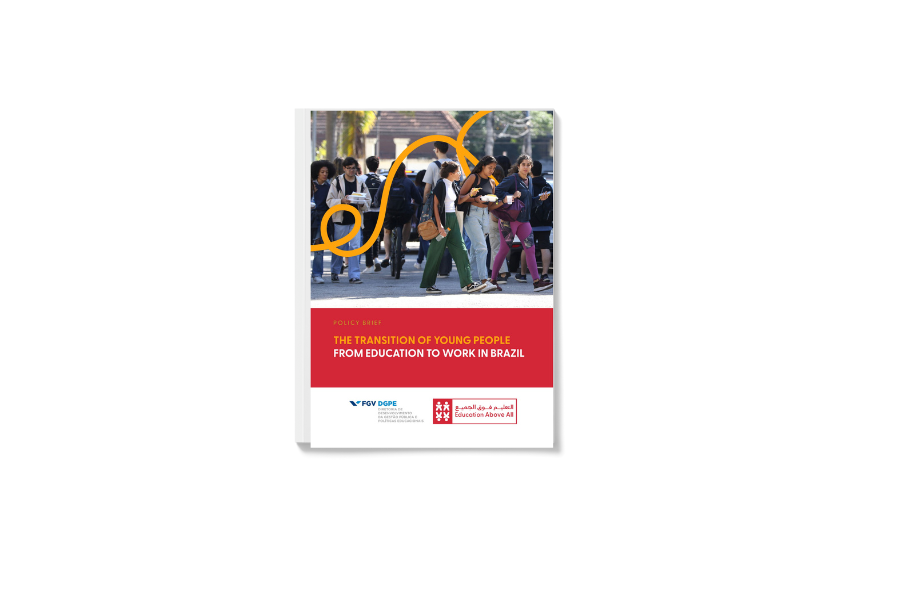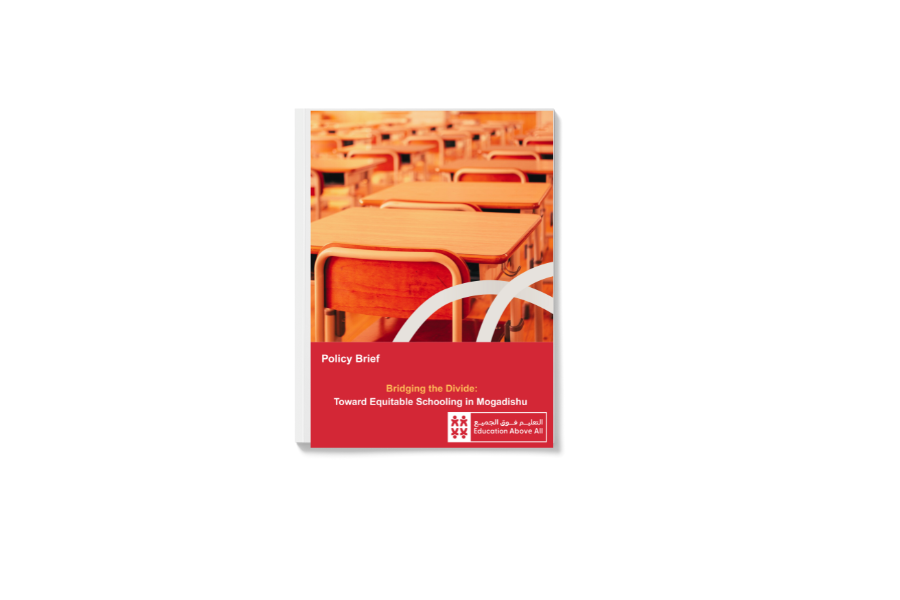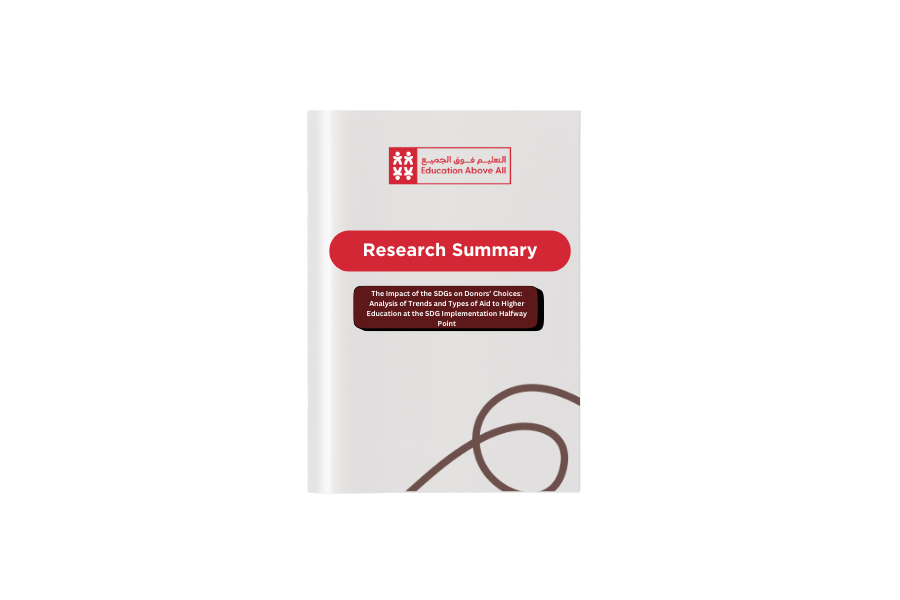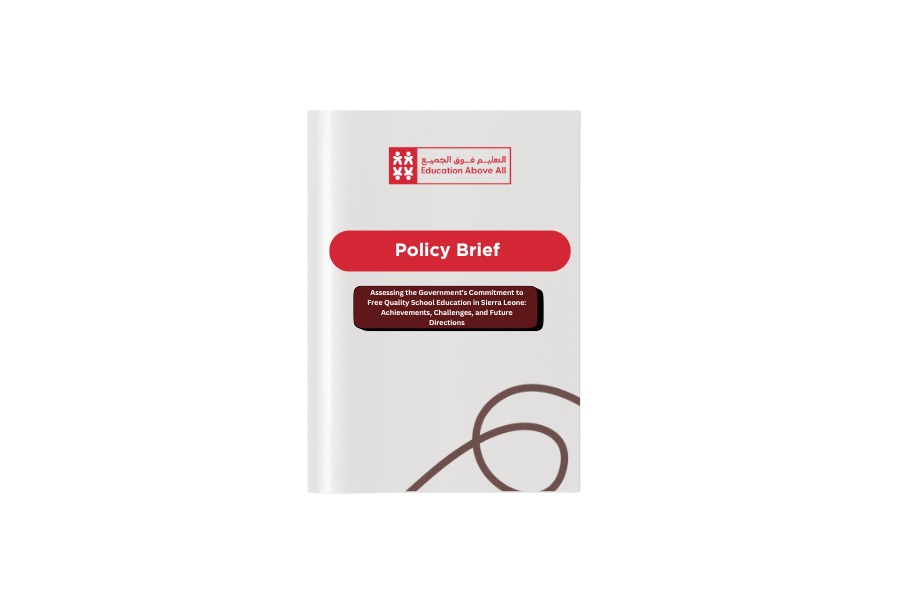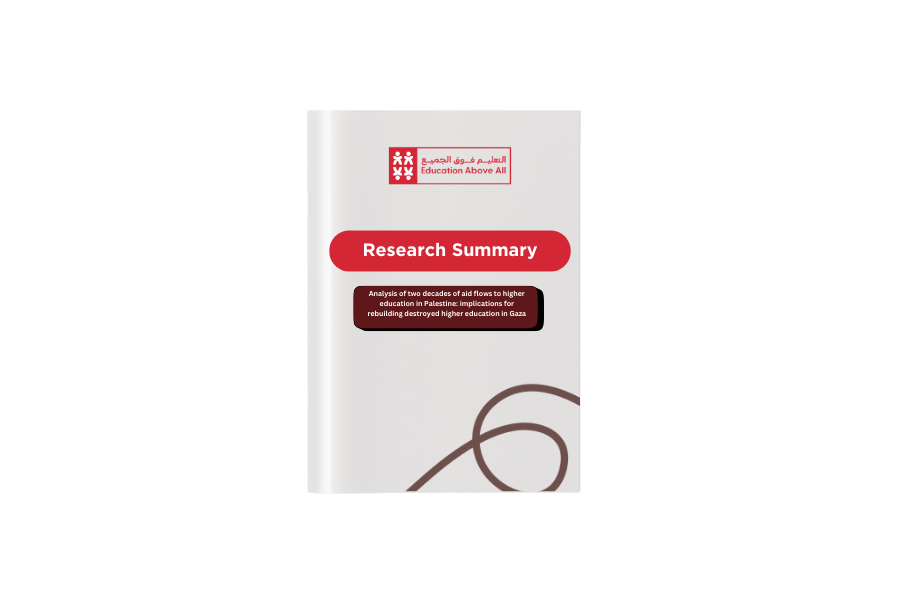
Analysis of two decades of aid flows to higher education in Palestine: implications for rebuilding destroyed higher education in Gaza
Background
This research paper provides a critical analysis of foreign aid flows to higher education in Palestine between 2002 and 2022, aiming to understand historical trends, donor priorities, and the impact of this aid on rebuilding after conflicts. The background of the study lies in the significant expansion of higher education in Palestine since the 1970s despite the challenges posed by the Israeli military occupation, which has included numerous attacks on educational institutions, culminating in the complete destruction of higher education in Gaza since October 2023, termed ‘scholasticide’. Rebuilding higher education is considered crucial for socio-economic recovery, development, and peace-building in conflict-affected settings. However, past experiences suggest a neglect of this sector in post-conflict rebuilding efforts. The paper highlights the historical development of Palestinian higher education, largely driven by local and diaspora funding initially, which later became dependent on donor funds and Palestinian Authority (PA) budgets constrained by donor conditionalities and political divisions.
Methodology
The methodology of this research involves a systematic examination of official development assistance (ODA) data reported to the Organisation for Economic Co-operation and Development (OECD). The study utilizes the OECD’s Creditor Reporting System (CRS) database to analyze aid flows from Development Assistance Committee (DAC) countries, non-DAC countries, and multilateral organizations to post-secondary education in Palestine, which includes higher education and advanced training. The analysis, conducted using Microsoft Excel on data accessed in September 2024, focuses on the period between 2002 and 2022. The research differentiates between two main types of aid: funding directed to local higher education institutions in Palestine and funding for international scholarships for Palestinians to study abroad. The study also examines aid flows by donor type and identifies top donor countries and multilateral organizations for each aid category. The authors acknowledge limitations in the OECD data, such as the exclusion of private and philanthropic aid, lack of specific data on scholarship recipients and geographical allocation within Palestine, and incomplete reporting from some non-DAC donors.
Findings
The findings of the research indicate that during 2002–2022, Palestine received a total of $42.374 billion in ODA, of which only 1.26% ($535.947 million) was allocated to higher education. Notably, 60.12% of the aid to higher education was provided in international scholarships ($322.198 million), while only 39.88% ($213.748 million) reached local higher education institutions. The annual amounts of aid to local higher education never exceeded $20 million and were often below $10 million for the entire sector. While scholarship aid has grown significantly since 2014, aid to local institutions has not. DAC countries have been the primary donors overall (83.53%), but non-DAC countries have increased their contribution since 2019. DAC and non-DAC donors primarily favor scholarships, while multilateral organizations historically provided more aid to local institutions, though this has declined. Since 2019, Türkiye and Qatar have emerged as leading donors to local higher education, while the EU’s contribution has decreased, and the Islamic Development Bank has become a key multilateral donor to local institutions since 2020. Critically, the analysis of aid flows in the aftermath of the 2008–2009 and 2014 wars in Gaza, which caused substantial damage to higher education infrastructure, reveals no significant increase in aid directed towards reconstruction.
Policy Implications
The policy implications of this research emphasize a need for a significant reassessment of donor strategies towards higher education in Palestine, particularly concerning local institutions and post-conflict rebuilding in Gaza. The findings suggest a pattern of neglect that needs to be reversed, with a greater emphasis on strengthening and rebuilding local higher education to enable the sector to effectively contribute to post-conflict socio-economic recovery. The paper argues against the overwhelming prioritization of international scholarships, which, while beneficial for individuals, may undermine the capacity of local universities, especially in Gaza. The authors call for international support that directly aids the rebuilding of demolished universities in Gaza, aligning with the priorities and needs identified by Palestinian academics and administrators. Furthermore, the research highlights that the effectiveness of aid and reconstruction is significantly constrained by the ongoing conflict suggesting that sustainable solutions require a broader political resolution alongside increased and targeted aid. The paper concludes by urging donors to reverse past trends of neglect and to recognize the crucial role of local higher education in the future of Palestine.
Citation :

